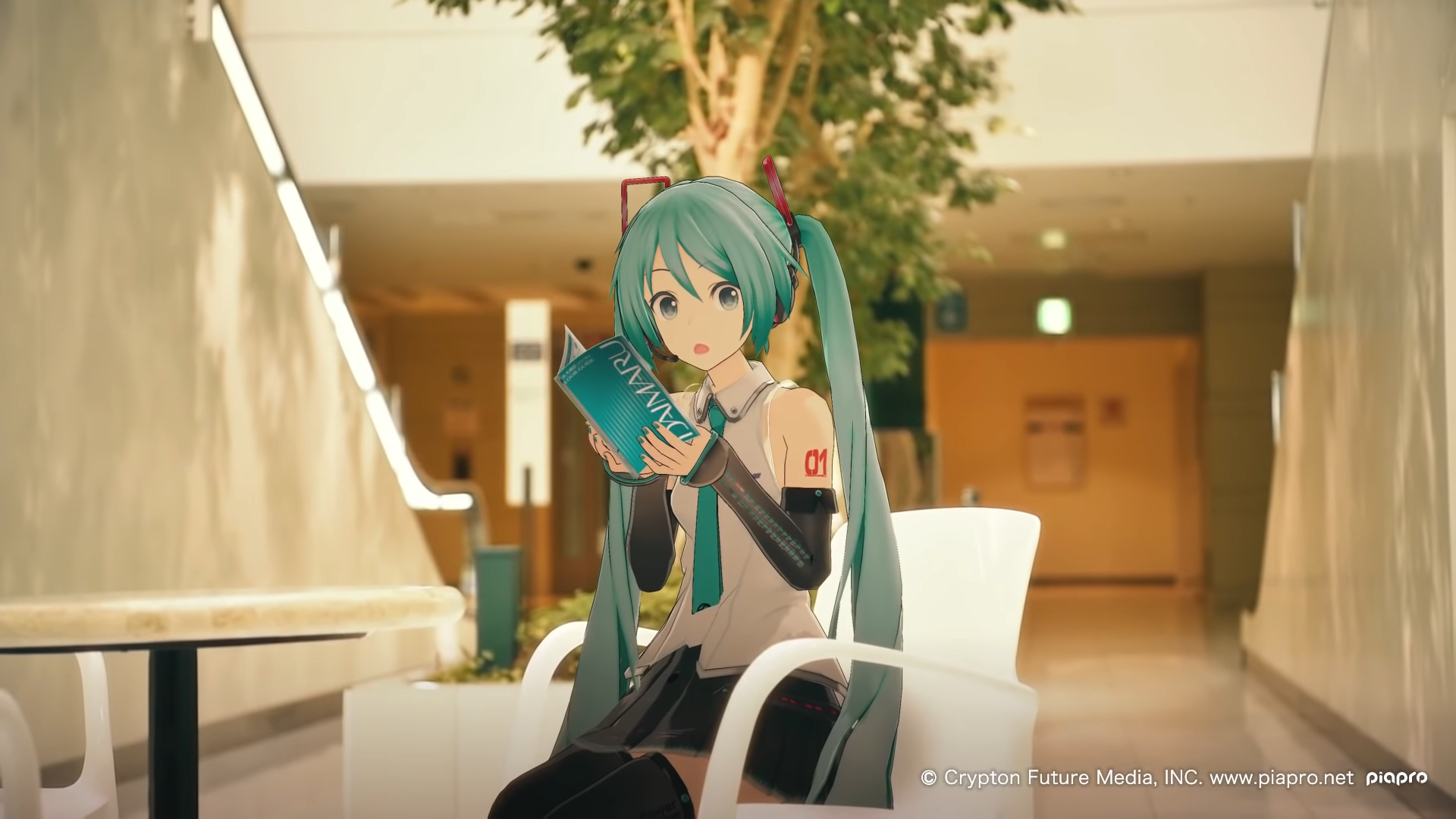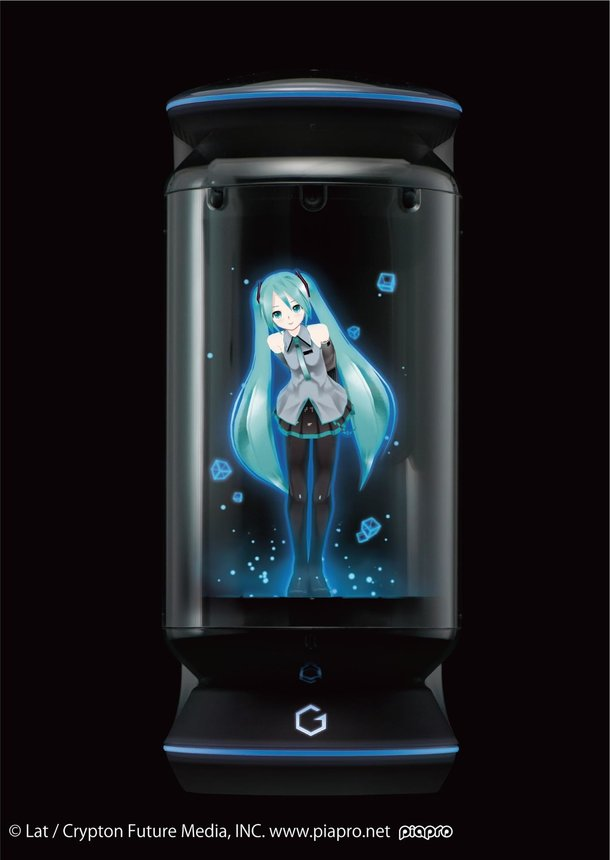Virtual Companion
by Chiang Yu Hsuan
20 Oct 2018
You might have experienced moments where you wished that you could have interacted differently with someone. Maybe the personality of the person could have been different or maybe the kind of relationship could have been different. These are things that we are not able to change easily, but what if there is a way to create the exact kind of interaction an individual wants?
The answer to that would be a virtual companion.
Virtual companions are something that has existed and improved over time. We will explore how virtual companions have changed over time and what can be done to make them more realistic.
Starting with the older chatbots that gave predefined replies to predefined responses, these chatbots were unrealistic and would lose their realism once an undefined response was given.
Chatbots improved, with applications like Siri and Google Assistant popping up. These still rely on specific trigger words to carry out their functions as well as a large team working on them so that there will be lesser ‘undefinied responses.’

These applications had voice recognition which allowed the application to understand vocal inputs.
Next, we would want the virtual companion to be able to speak and respond. To do this, a voice synthesiser is needed. Luckily, such technology has been worked on for some time. The Vocaloid software is a good example of such a software with various well-known creations such as Hatsune Miku. Voicebanks consisting of voice recordings are used and mixed together to create songs. Depending on the adjustments made, these voices can be made to sound almost realistic.

Then comes the next step of being able to see the virtual companion. The first step would be to create 3D models. Sounds confusing, but Disney animated movies are great examples of this. While these may seem out of reach, there are also 3D models made by the public. There is a software called MikuMikuDance (MMD) as well as a whole community behind it. These are used to create anything from animated stories to music videos.

Next would be to bring these models to life. This will rely on Augmented Reality (AR) but Virtual Reality (VR) would be a stepping stone. If pre-rendered, then realistic scenes can be created like the one below.

However, such quality might be hard to achieve in real time with current technology. This would be due to the number of calculations needed for things like physics simulations or lighting.
Lastly, we reach the most important and crucial portion.
Artificial Intelligence (AI)
Something needs to provide the content behind the voice and movement for the model. This would be up to the AI.
Human decision making can ultimately be summarised as responding to situations based on our own set of rules, while AI can ultimately be taking into account various data and coming up with a decision based on the rules defined.
Due to the similarity of these, it would not be a stretch to say that human decision making can be modelled, allowing for AI to make the same decisions as a human would.
However, the amount of data a human works with to come up with these decisions would result in the model being highly complicated, meaning that it would require more advanced technology as well as a large amount of effort.
That said, I am hopeful after seeing the amount of progress we have made over these few years, from chatbots to the Gatebox not only sends out caring messages to the user by text but is also able to respond to voice commands and even help out by controlling appliances with the internet of things (IOT) function.

Quiz Time!
To test yourself on what you have learnt from the articles in the website and stand a chance to win some prizes and online achievement tokens, you can spend less than five minutes answering some easy questions at the Google Form here.